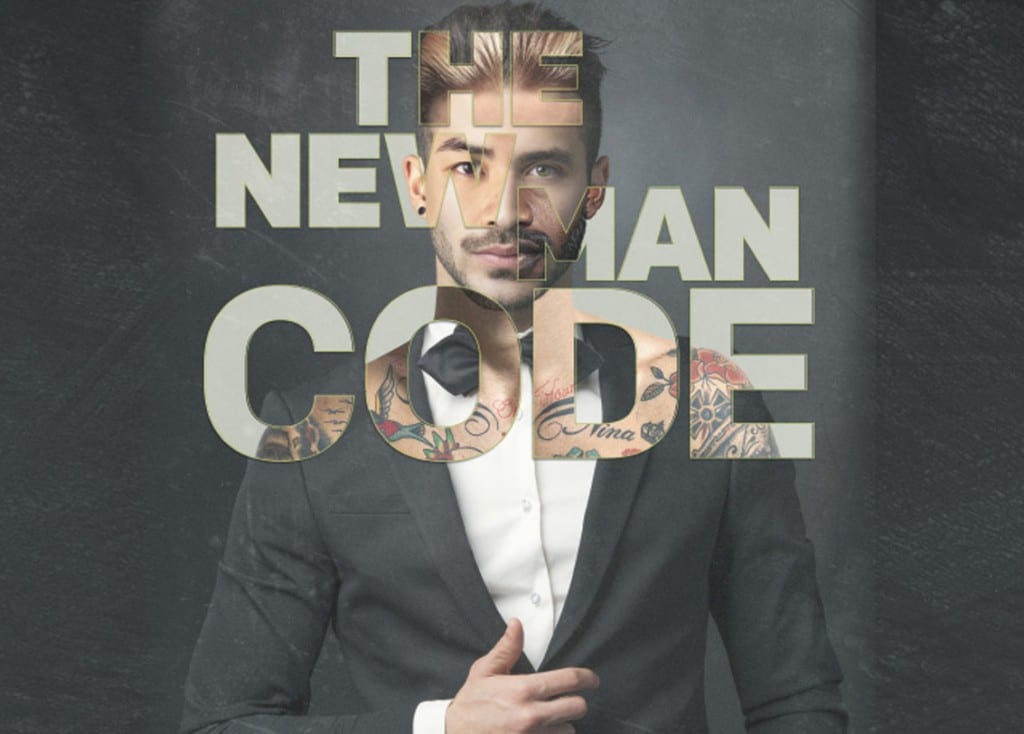 Men are big, lumbering dopes who hate shopping, love cars and whose singular view of romance is a 4:00 PM dash to the florist the day before Valentine’s Day, right? Of course not.
Men are big, lumbering dopes who hate shopping, love cars and whose singular view of romance is a 4:00 PM dash to the florist the day before Valentine’s Day, right? Of course not.
We all know that a stereotypical view of the modern man is as accurate–and potentially offensive–as a 1960s view of all women as Betty Draper-types.
In concept, everyone knows that men are far more multifaceted than a marketer’s demographic PowerPoint presentation would suggest. But when it comes time to set strategy and brand direction, many marketers fall into timeworn, comfortable–and dangerous–habits. They disregard what they know and lean on what they think they can prove. That mindset often results in a one-dimensional view of men.
To better understand the beliefs and behaviors of the often-stereotyped, yet intriguingly complex, Modern Man, Ketchum surveyed over 3,500 men in eight countries this spring. From Generation Z to men 50+, we discovered that guys around the globe are rewriting the Man Code.
We asked them everything from how they define a life well-lived to how frequently they use skincare products. And in the process, we busted a few long-standing myths about the state of today’s man (click to tweet):
Myth #1: Men act their age.
We already knew that men’s behaviors are more nuanced than ever, and this study shows that men are happily hacking the behaviors of their younger and older cohorts. It’s no longer as black and white as Young Heartthrobs vs. Grumpy Old Men. It’s also clear that looking at men via conventional cohorts (like the standard marketing go-to of 18-34) is too broad. We are on the cusp of the micro-demographics era.
Myth #2: When guys love content, they blast it out.
The whole premise behind funny guy-targeted websites and click-bait listicles is that if a guy sees something he thinks is hilarious, he immediately blasts it out to all his friends. Our study debunks that myth. It turns out there’s a type of guy we dubbed the Alpha Man-fluencer who thinks good content is best shared sparingly with close friends. He’s also a born leader and he’s so confident about himself that he doesn’t create a larger-than-life persona online. Marketers, get to know him.
Myth #3: Men are in decline.
Immortalized in countless books and articles, this depressing trope says that an increasingly mechanized and digitized world–along with the rise of women in the workforce–has made men unnecessary and unemployable both on the factory floor and in the office. But our data says it doesn’t have to be a zero sum game. Modern man doesn’t have to kick his toys out of the sandbox now that his birthright privileges have eroded. He’s leaning in, too.
Rather than home in on narrow data points that serve up salacious headlines, marketers will be more effective today if we all set aside the tired old stereotypes and embrace today’s man in all his fascinating, well-rounded, gender-blurring, non-idiotic complexity.
A new man code is being written. It’s time for marketers to “man up” and learn the new rules.


